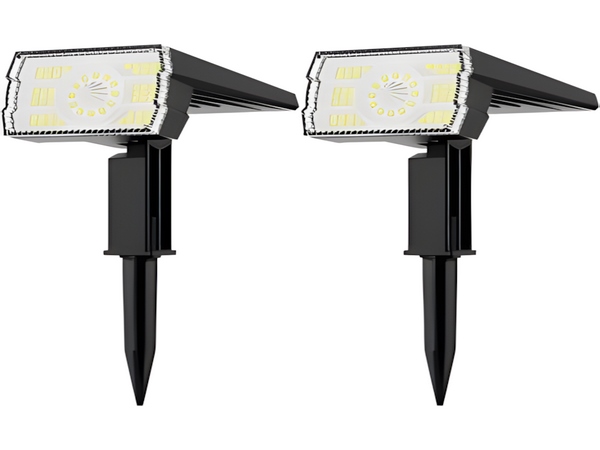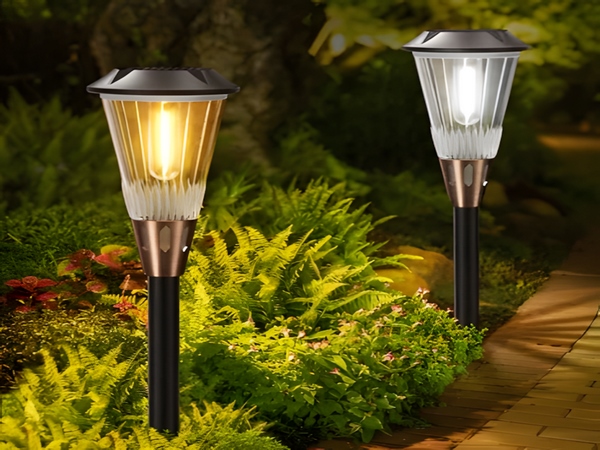

As we enter the golden period of the second half of the year, many clients consult us about the quality of solar street lights and inquire about the differences between hot-dip galvanized and cold-dip galvanized poles. Today, we from Bitpott, a manufacturer of solar street lights, will explain what hot-dip galvanizing and cold-dip galvanizing are, and clarify the differences between them.

Hot-dip galvanizing, also known as hot-dip zinc coating, is an excellent method for metal corrosion protection and is primarily used across various industries. The process involves immersing cleaned steel components in molten zinc at around 500°C, allowing a zinc layer to adhere to the surface of the steel component, thus providing corrosion protection. Cold-dip galvanizing, on the other hand, refers to zinc electroplating, which uses a smaller amount of zinc (only 10–50g/m²). This process utilizes electrolytic action to deposit a layer of metal film onto the surface of the workpiece, resulting in a uniform, dense, and fine metal layer that can prevent corrosion, increase wear resistance, enhance conductivity, improve reflectivity, and enhance aesthetics.
Cold galvanizing, or electroplating, involves applying a zinc coating by electrolyzing a zinc salt solution. Generally, it does not require heating, and since the zinc amount is minimal, it is prone to peeling in damp environments. During cold galvanizing, the workpiece undergoes oil removal and acid washing before being submerged in a zinc salt solution, with one side connected to the negative electrode of an electrolytic device and a zinc plate on the opposite side connected to the positive electrode. When power is supplied, the zinc will deposit onto the workpiece through directed movement of the electric current.
Corrosion resistance: Hot-dip galvanizing is dozens of times more resistant to corrosion than cold-dip galvanizing.
Method of application: Hot-dip galvanizing involves immersing the entire LED solar street light pole in molten zinc at a temperature of 450–480°C, while cold galvanizing is performed at room temperature using electroplating.
Zinc layer thickness: The thickness of the galvanized layer on LED solar street lights treated with hot-dip galvanizing is much greater than that of cold-dip galvanizing.
Surface smoothness: The surface of cold-dip galvanized poles is smoother and more aesthetically pleasing than that of hot-dip galvanized poles.
Adhesion: Cold galvanizing does not adhere as well as hot-dip galvanizing; the pricing standards differ as well, with hot-dip galvanizing costing based on material thickness, whereas cold-dip galvanizing usually charges by square meter.
As a professional manufacturer of outdoor lighting fixtures, Bitpott specializes in the research, development, production, and sales of solar street lights. If you want to know more about solar street light pricing or are interested in purchasing solar street lights, please contact our online customer service.



